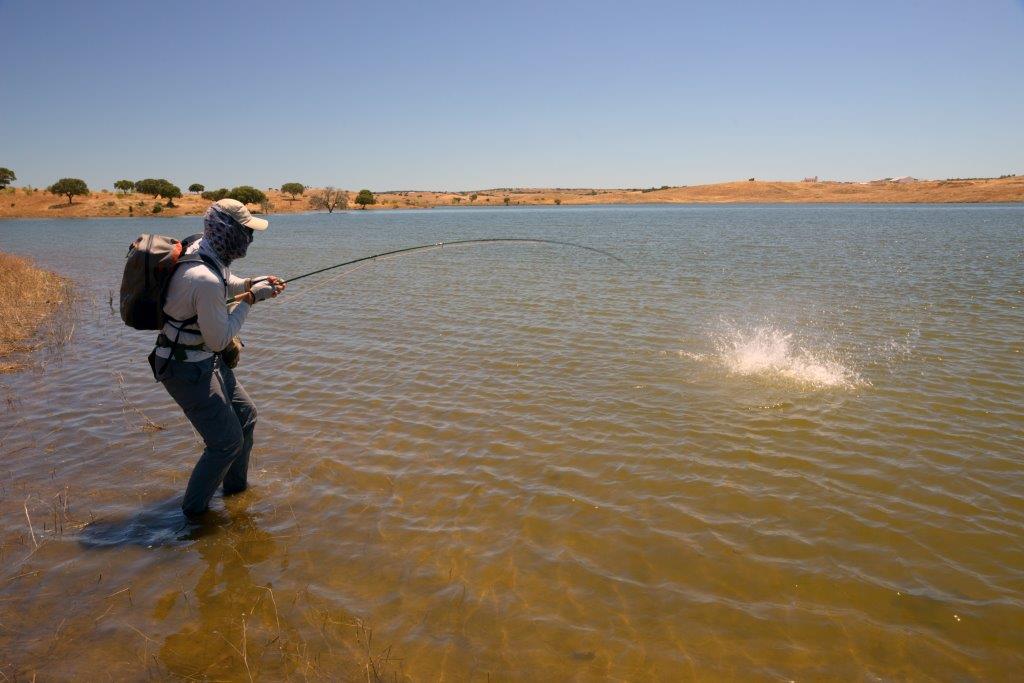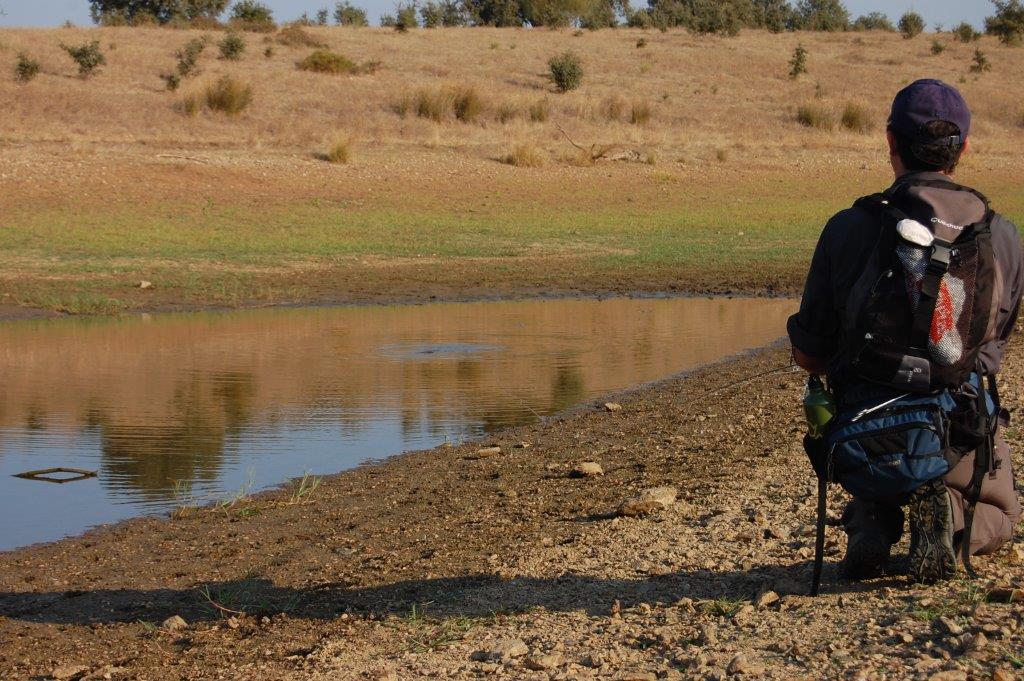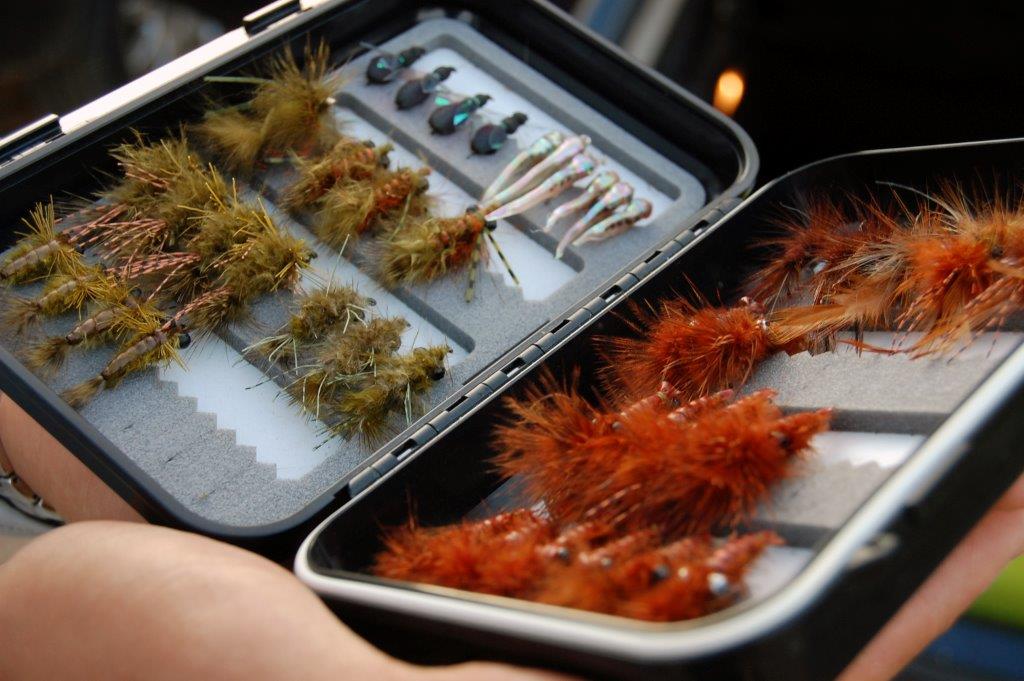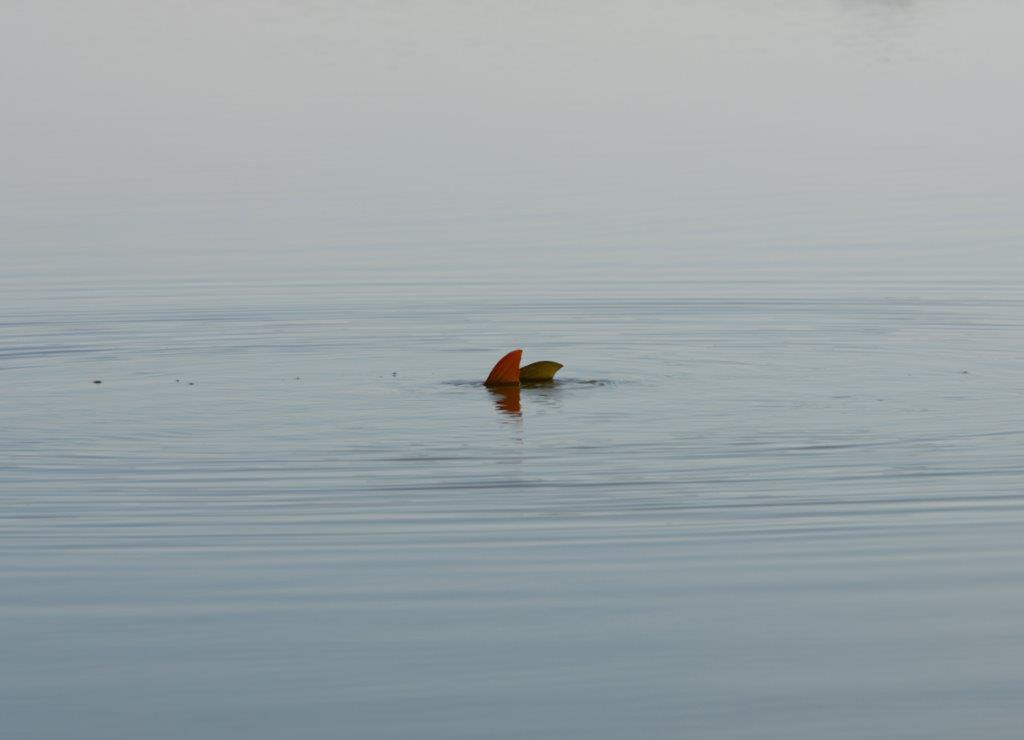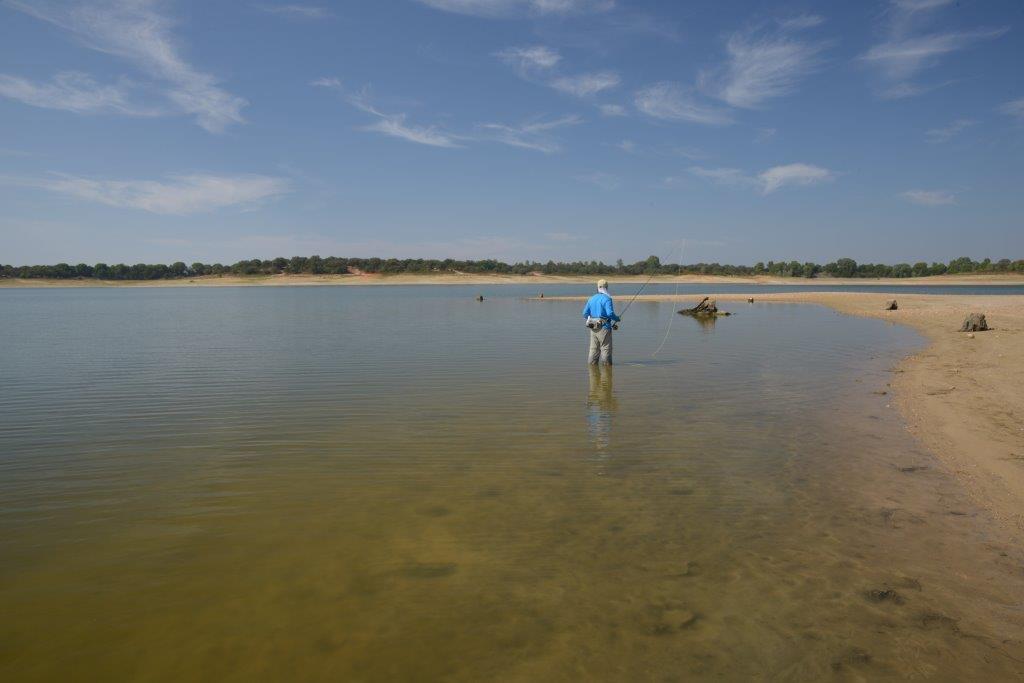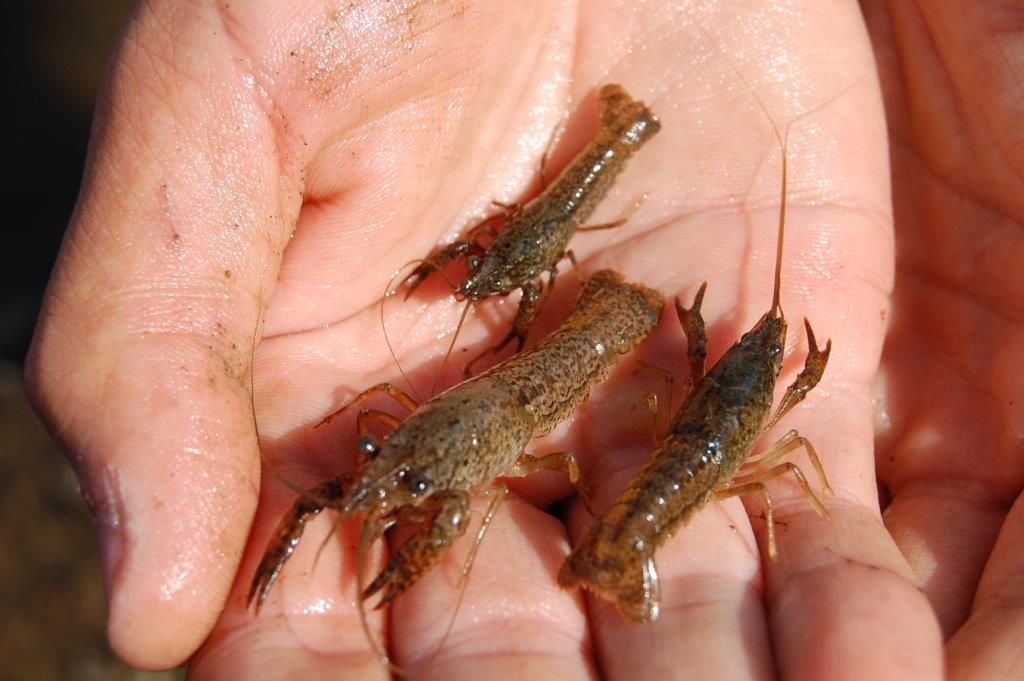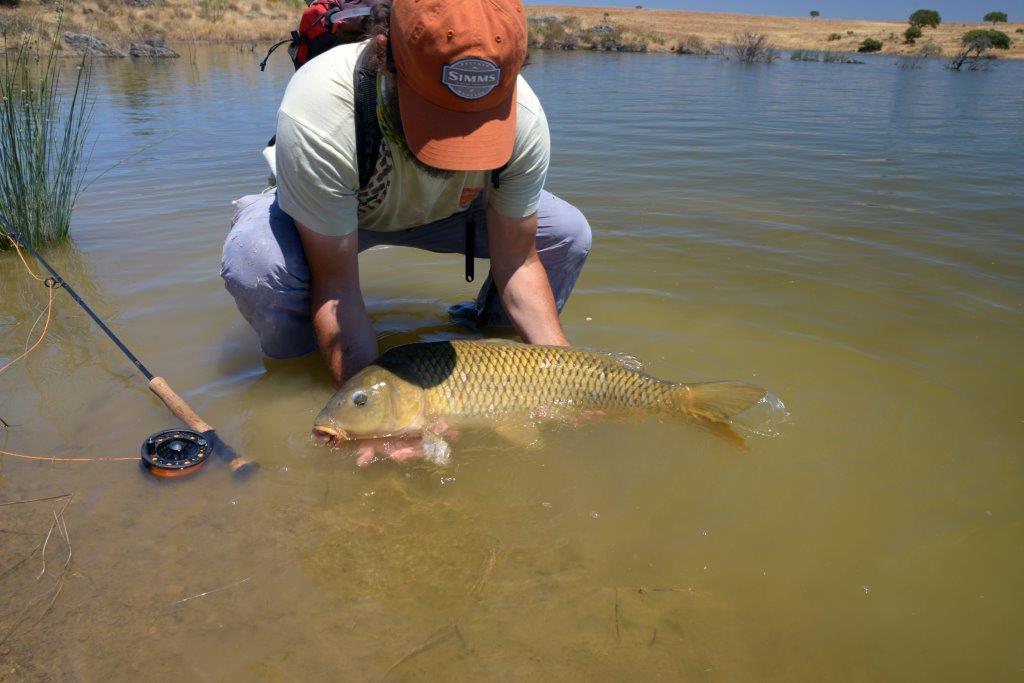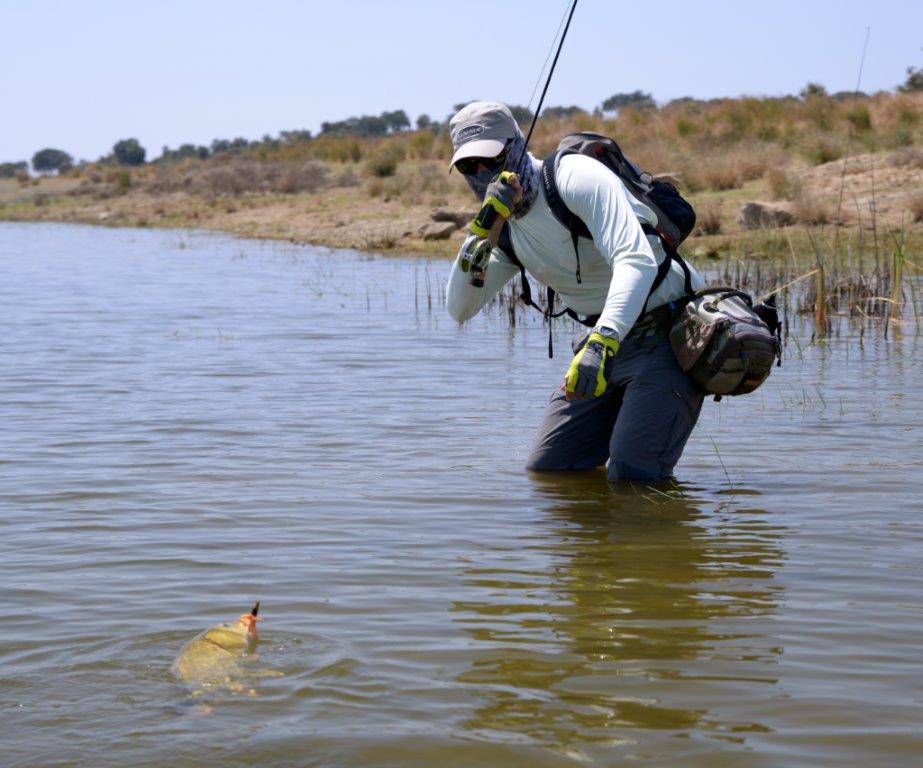Although fly fishing for carp is relatively new in the UK and Europe, it has taken the US by storm. The species is much maligned by traditional game anglers, but those that have targeted them specifically have suddenly understood here is a species that is extremely spooky, clever, tails like a bonefish in shallow water and is extremely powerful when hooked. It is also highly accessible as they inhabit many of our lakes and rivers. I have to admit I have become somewhat of an addict.
Imagine a country with a Mediterranean climate and over 250 days a year of sun per year, where you can sight fish for wild carp in shallow waters. This country is Portugal. There you can walk along shorelines or wade through the shallows and target carp feeding in water a few inches deep, sometimes with part of their body out of the water. Make the perfect cast, present the fly with precision in its trajectory, see the carp swimming towards the fly and see it being swallowed with no mercy.
Carp Fly fishing has evolved dramatically in recent years, and the growing number of enthusiasts has expanded for a reason. Wild carp’s behavior, in optimal conditions, offers a unique experience for which you must be prepared. Anglers who already fished for tropical species such as bonefish will be surprised by the similarities, not only in how wild carp react to flies, but also their feeding places and the stalking technique involved. In shallow water, carp turn into demons able to push you to the limit and makes you want to pull your hair out. It is not only because of its strength but also for its predatory instincts or suspicion when the fly sinks just right in the front of its nose.
It is very active fishing where anglers have to follow the bank, in or out of the water, depending on the location, with extreme stealth. It is necessary to stay focused, because at any time a cloud of mud might appear, a tailing fish, or the back of a fish sticking out of water. Usually you will spot them in small groups searching for food in shallow waters. The larger specimen may be alone while searching for food among rocks and submerged vegetation. It is common to see carp between 4 kgs and 7 kgs, but the most common size run between 2 – 4 kg. The most exciting aspect are the large numbers of wild carp an angler will cast to in a fishing day. On a recent trip and angler landed over 100 fish in three days.
The lakes and reservoirs are quite large, with many spots still under exploration. The guides usually fish eight lakes offering the best conditions throughout the season. One of them, the Alqueva, is the largest artificial lake in Europe, and has approximately 1,200 km of shores line. The others are smaller but still offer excellent fishing possibilities. The variety of lakes, in addition to ensuring quality fishing, allows fishing every day in a different one. None of them are identical. Each one has its own characteristics; spots with larger carp in smaller numbers and areas with smaller fish in greater numbers. Lakes and fishing spots will be chosen according to angler’s skills and preference, but we always recommended to start fishing areas with large number of small fish in order to train and gain experience prior to attack large feeding carp. In addition to carp, anglers will also find largemouth bass and barbel, although barbel are not found in all areas. Where you find them, they will smash your flies.
Portugal has a Mediterranean climate and is one of the mildest European countries, with pleasant winters and warm summers and long sunny days. From June to November it rarely rains, especially in the south of Lisbon, where are located the best fishing spots. There the climate is slightly warmer and drier than in the north, which coupled with ground elevation, create a unique environment where wild carp behave in this special way. Since the sun is strong most days, anglers need to cover sensitive skin areas from the sun. It’s mandatory to use clothes designed for tropical fishing, preferable with UV protection , for example thin and quick dry pants, long sleeve shirts and t-shirts, quality hat, gloves and microfiber sleeve to protect your face (ex: BUFF UV Headwear).
There are two ideal seasons for fishing carp. The first is between June and July, two excellent months with warm and long days, in which can be found carp in large quantities along the shores at any time of the day. The level of water in the lakes will depend largely on the amount of winter’s precipitation. If it has been abundant, you will find flooded vegetation along the shores. This vegetation will allow an easy approach but will also increase the difficulty in presenting the fly, perhaps because of the excitement of being merely three meters away from a large carp. The other season is between September and October, when days are still warm but not as much as during summer, and when also may be some periods of instability characteristic of the autumn. This is not a bad thing, quite the opposite. As days get cooler, water cools down and small carps decrease in activity, so they will be present in less numbers. Large carp will be very active and hungry because of the need to consume large amount of food to prepare for winter.
If you are thinking of a short break in Europe and would like to target these fish or keep your hand in for saltwater fishing then For more information contact Peter McLeod or call our office on +44(0)1980 847389.

